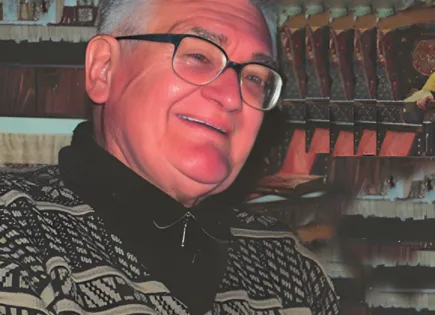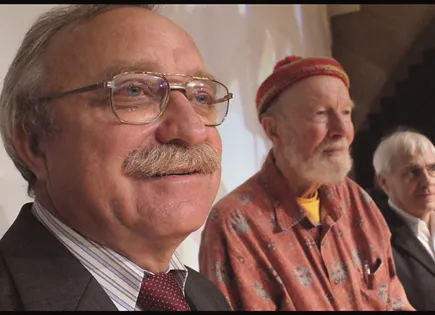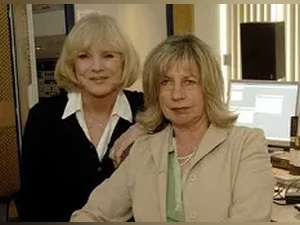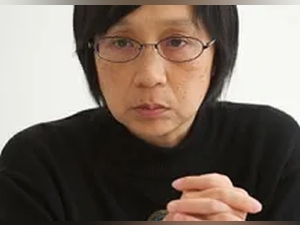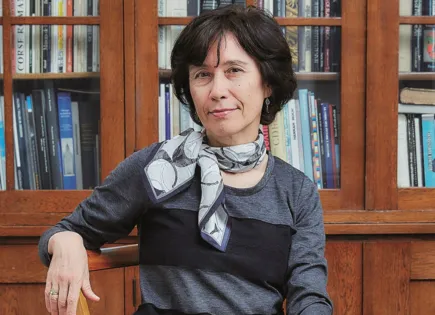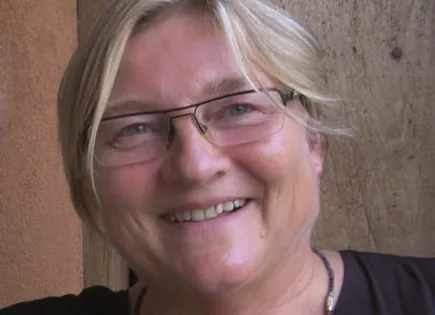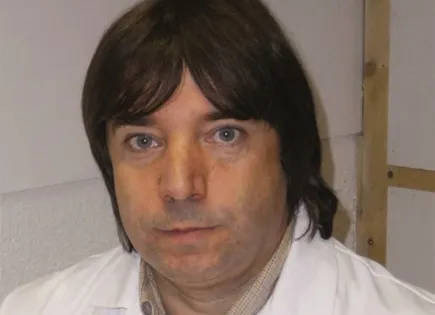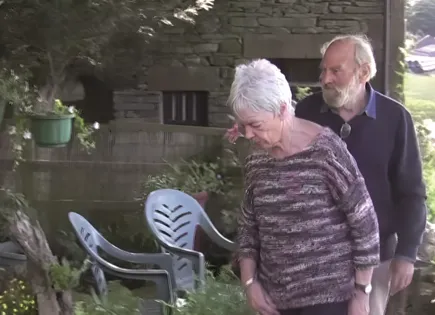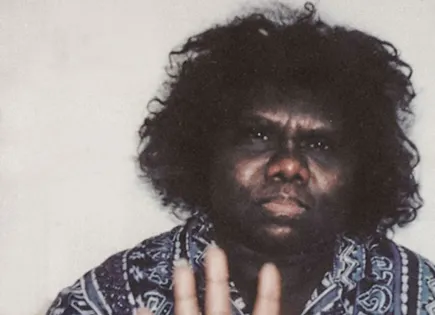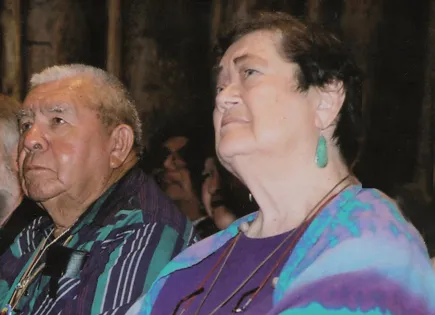Posts by jan
Siegwart-Horst Günther, Germany
Category Education – 2007
In 1991, Professor Siegwart Horst Günther came across an unusually large number of deformed babies in Iraq and clinical pictures such as he had never seen before in this region: Günther suspected that tanks shot down with uranium ammunition were the main cause. He had a projectile picked up in the desert sand spectrographically examined in Berlin in 1992, which confirmed his suspicion.
Oleg Bodrov, Russia
Category Education – 2010
The physicist Oleg Bodrov has headed Russia’s leading environmental organization Green World since 1999. He recognized early on that his fight against extending the operating life of old nuclear plants in Russia needed a “positive basis”. This is why his commitment is also directed towards sustainable energy production. Wherever the government imposes silence, he relies on dialogue.
Barbara Dickmann and Angelica Fell, Germany
Category Education – 2011
The ZDF journalists Barbara Dickmann and Angelica Fell prevented with their film “and nobody knows why” that the “cancer cluster” around the nuclear power plant Krümmel was trivialized. They stuck to the topic, accompanying, among other things, a nationwide children’s cancer study, which confirmed that the risk of contracting leukaemia before the 5th birthday is higher in the vicinity of nuclear power plants.
Katsumi Furitsu, Japan
Category Education – 2012
As a medical student in the eighties, Katsumi Furitsu had already learned about the radiation exposure to which nuclear power plant workers are exposed in normal Japanese operation. And early on she turned her attention to the ominous beginning of the nuclear chain: uranium mining. She took measurements to prove the excessiveness of the nuclear-industrial complex. And she was never intimidated.
Aileen Mioko Smith, Japan
Category Education – 2014
Aileen Mioko Smith, chairperson of Green Action Kyoto, was instrumental in uncovering forged insurance documents that classified the loading of Fukushima reactors with plutonium mixed oxide fuel rods as safe. Because she repeatedly appeared in public as a revelator, she became a personalized center of resistance in Japan as early as the 1980s.
Cornelia Hesse-Honegger, Switzerland
Category Education – 2015
The insect pictures by the Swiss artist and scientific illustrator Cornelia Hesse-Honegger document mutations in insects from the area around Leibstadt, Benzau, Gösgen, Creys-Malville, Sellafield, Stade, Krümmel, La Hague, Chernobyl and the nuclear test sites in Nevada. “Up to one insect in five was found to be physically damaged at the sites I examined.”
Brunot Chareyron, France
Category Education – 2016
In 1993, at the age of 28, physicist Bruno Chareyron became head of the CRIIRAD scientific laboratory, which was founded in 1986 to obtain reliable data after the Chernobyl accident. Since then, Chareyron has travelled the world with his laboratory: around the uranium mines in Niger, in Chernobyl, but also in the uranium mines of France. And always in the service of the Enlightenment.
Janine Allis-Smith and Martin Grant Forwood, Great Britain
Category Education – 2017
Much of what we now know about the Sellafield reprocessing plant in the North West of England is thanks to the two-person team CORE. Behind the acronym for Cumbrian’s Opposed to a Radioactive Environment are Martin Forwood and Janine Allis-Smith. Since the mid-eighties, the couple have been uncovering and clearing up. Their son, like many of the region’s children, was diagnosed with leukaemia.
Yvonne Margarula, Australia
Category Resistance – 1998
At the beginning of 1997, a fight against uranium mining began in Kakadu National Park: First, Yvonne Margarula managed to get the lease for the Jabiluka mining site annulled by the Federal Court of Justice. She then requested that Kakadu be declared a world heritage site by UNESCO. Finally, she allied herself with the Greens and students.
Grace Thorpe, USA
Category Resistance – 1999
Grace Thorpe had learned that her tribe, the Sac and Fox Nation, and 16 other native American tribes were willing to bury high-level radioactive waste on their land for 100,000 US-Dollar. She blocked the deal and founded the National Enviromental Coalition of Native Americans to save reserves nationwide from the dumping lobby. More than seventy tribes have joined.
